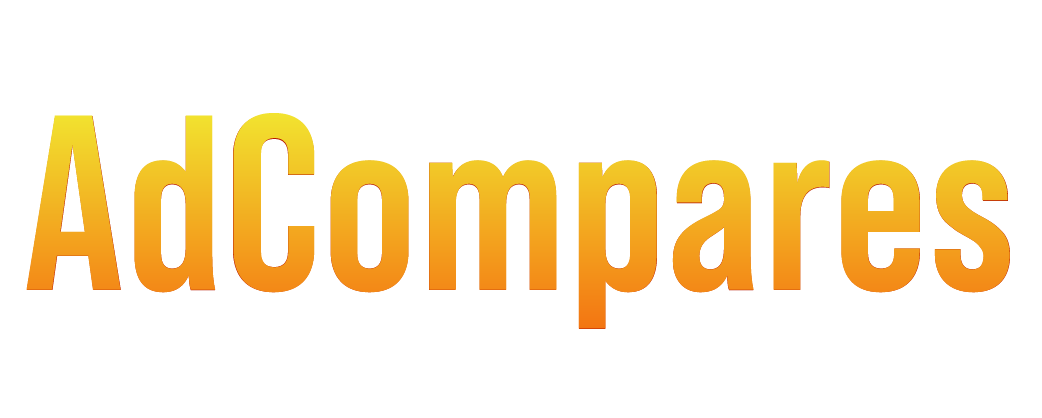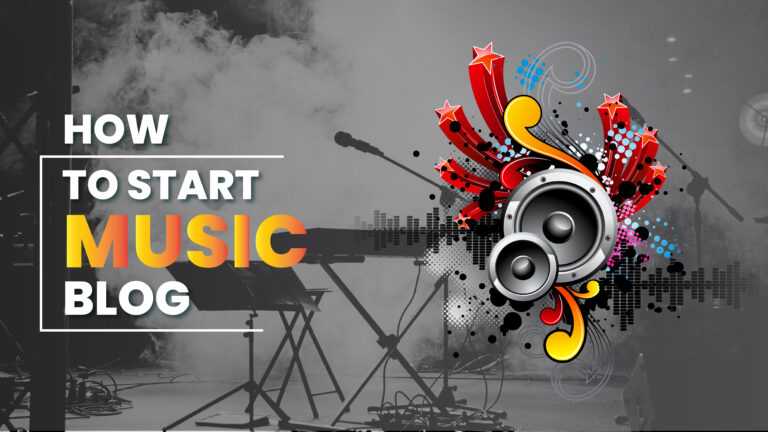Starting a music blog in 2025 is more than just an expression of your love for music; it’s an opportunity to share your passion, discover new artists, and connect with a global audience. Music blogs remain a powerful platform for critics, curators, and enthusiasts to review albums, interview artists, and promote indie music. But with increasing competition, it’s essential to build a blog that stands out. This guide will walk you through the essential steps for launching a successful music blog, from niche selection to monetization strategies.
Why Start a Music Blog in 2025?
Music is ever-evolving, and in 2024, with the rise of streaming services, independent artists, and music-based social media platforms like TikTok and YouTube, there has never been a better time to start a blog dedicated to this art form. Your blog can serve as a platform for sharing your reviews, opinions, and unique takes on current trends while also helping your audience discover new music. Whether you’re into classical, jazz, pop, or electronic, there’s room for every genre and style.
Steps to Start a Music Blog in 2025
1. Choose a Niche
To begin, you’ll need to select a specific niche within the music world. While music is a broad topic, narrowing your focus can make your blog stand out. For example:
- Genre-specific blog: Focus on a particular genre such as jazz, indie, or electronic music.
- Artist spotlight: Highlight indie or emerging artists who deserve more recognition.
- Album reviews: Offer in-depth analysis of new music releases.
- Music history: Delve into the roots of different genres or key figures in the music world.
- Music technology and production: Focus on the technical aspects of making music, including equipment reviews, software, and production techniques.
Choosing a niche will help you build authority in a specific area, attract a dedicated audience, and make content creation easier.
2. Select a Blogging Platform
Your blog platform is where you’ll publish your content. Popular options include:
- WordPress: Known for its flexibility, WordPress offers countless themes and plugins, making it easy to customize your blog.
- Wix: A drag-and-drop platform that’s user-friendly, making it ideal for beginners.
- Blogger: If you’re looking for something simple, Blogger is a basic, no-frills option.
- Squarespace: Known for its beautiful design templates, it’s great if aesthetics are a priority.
When choosing your platform, consider the ease of use, available templates, and customization options.
3. Pick a Domain Name and Hosting Provider
Your domain name is your blog’s identity on the web. Make sure it’s memorable, easy to spell, and reflects the essence of your blog. Examples of good domain names include:
- MusicReviewPro.com
- IndieTunesHub.com
- JazzJourneys.com
After choosing your domain name, you’ll need to pick a hosting provider to store your blog’s data. Some popular hosting providers include:
- Bluehost: Offers reliable performance and is recommended for WordPress.
- SiteGround: Known for its excellent customer support.
- HostGator: Offers affordable pricing and scalable plans.
Choose a hosting plan that suits your blog’s size and anticipated traffic.
4. Design Your Blog
Design plays a crucial role in user experience. A clean, intuitive design encourages visitors to stay on your blog longer, while a cluttered or unattractive design can turn them away. Essential design elements include:
- Responsive design: Ensure your blog works well on both desktop and mobile devices.
- Easy navigation: Create clear categories and menus for users to find your content easily.
- Custom theme: Select or design a theme that fits your blog’s niche. For example, a dark theme may work well for a blog focused on rock or metal music.
5. Create Essential Pages
Before launching your blog, ensure that you have the following pages set up:
- About Page: Explain who you are and what your blog is about. This is your opportunity to build trust and connect with your audience.
- Contact Page: Include your contact information so readers or potential collaborators can reach you easily.
- Privacy Policy and Terms of Service: These legal pages are necessary to protect both you and your readers, especially if you’re collecting data or selling products through your blog.
6. Develop a Content Strategy
A content strategy ensures that you consistently produce high-quality posts that resonate with your audience. Plan your content around:
- Regular album reviews: Stay up-to-date with new releases and review albums on a regular basis.
- Interviews: Interview artists, producers, or people in the music industry to offer your readers unique insights.
- How-to articles: Guide your readers on topics such as setting up a home studio, learning music theory, or getting started with music production software.
- News and trends: Report on current trends in the music world, such as new platforms, industry shifts, or emerging genres.
Consistency is key in blogging. Aim to post at least once a week, and plan your content ahead of time using an editorial calendar.
7. Monetize Your Music Blog
Once you have established a steady stream of visitors, you can start monetizing your blog. Here are some of the best ways to make money with a music blog:
- Affiliate marketing: Promote music-related products (e.g., headphones, instruments, production software) and earn a commission when your readers make a purchase through your affiliate links.
- Sponsored posts: Collaborate with brands or artists who pay you to write posts or reviews.
- Advertising: Use platforms like Google AdSense to display ads on your site. You earn money based on impressions or clicks.
- Sell products or services: Offer music-related products such as vinyl records, concert tickets, or even your own e-books or guides on music production.
8. Optimize for SEO
Search engine optimization (SEO) ensures that your blog ranks higher in search engine results, leading to more traffic. Key SEO practices include:
- Keyword research: Use tools like Google Keyword Planner to find relevant keywords for your blog posts.
- Optimize blog titles and meta descriptions: Include your main keyword in the title and meta description for each post.
- Internal linking: Link to other relevant posts within your blog to keep readers engaged.
- Build backlinks: Reach out to other music blogs or websites for guest posting opportunities to build backlinks, which improve your blog’s SEO ranking.
9. Promote Your Blog on Social Media
Social media is a powerful tool for promoting your blog and attracting new readers. Focus on platforms where music lovers are active, such as:
- Instagram: Share images of concerts, vinyl collections, or artists you feature.
- Twitter: Post real-time updates and interact with your audience through polls and discussions.
- YouTube: Create video reviews or interviews, which are highly engaging for users.
- TikTok: Short, engaging videos featuring music content can go viral, attracting significant attention to your blog.
Regularly share your posts on social media, and engage with your followers to build a community around your blog.
10. Engage with Your Audience
Successful blogs are built on strong relationships with their readers. Encourage engagement through:
- Comments: Respond to comments on your blog posts to build a rapport with your readers.
- Email newsletters: Send out regular newsletters to keep your audience updated on new content and exclusive offers.
- Surveys or polls: Ask your readers what type of content they would like to see more of.
The more engaged your audience, the more loyal they’ll become.
11. Stay Consistent and Adapt
Consistency is key when it comes to blogging. Regularly publish new content and track your blog’s performance using tools like Google Analytics. Pay attention to what types of posts perform best and adjust your content strategy accordingly.
Music trends and technology will evolve, and so should your blog. Stay current with the latest industry developments to ensure your content remains relevant.
Conclusion
Starting a music blog in 2025 is an exciting venture, offering endless possibilities for connecting with fellow music lovers and promoting your favorite artists. With careful planning, a clear niche, and a consistent content strategy, you can build a successful music blog that stands out. Remember to stay authentic, provide value to your readers, and keep refining your approach as you grow.
Frequently Asked Questions (FAQs)
How much does it cost to start a music blog?
The cost depends on factors like domain registration, hosting, and premium themes. Typically, it can range from $50 to $200 per year.
Do I need to be a music expert to start a blog?
No, you don’t need to be an expert, but having a passion for music and a willingness to research will help.
How long does it take to monetize a music blog?
Monetization can take several months, depending on your traffic and content quality. Consistent posting and promotion are key.
Can I write about multiple genres on my music blog?
Yes, but focusing on a niche can help you build a more targeted audience, especially when starting out.
What are the best tools for managing a music blog?
Popular tools include WordPress for blogging, Canva for graphic design, and Google Analytics for tracking traffic.

